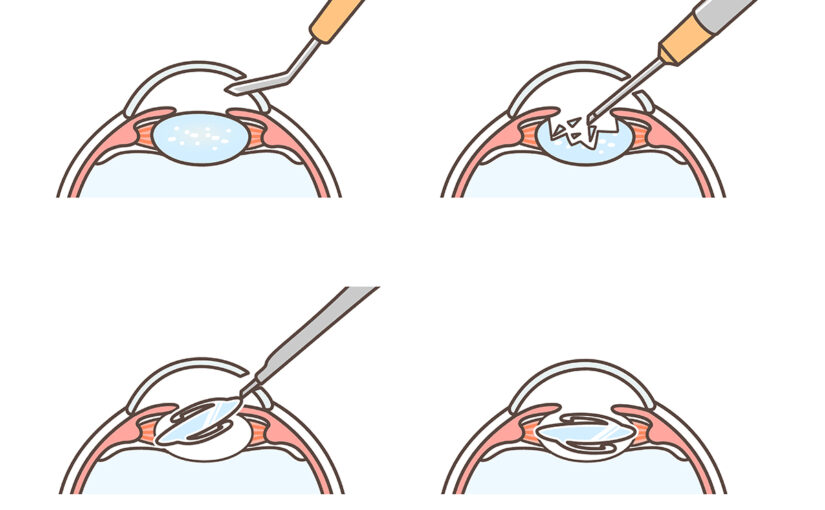Cataracts have been a leading cause of blindness throughout human history. The earliest known attempts at cataract surgery can be traced back to Egyptian civilization through visual depictions painted on stone. While these early methods were often unsuccessful, cataract surgery has become one of the most successful procedures in modern medicine, with a 97 to 99 percent success rate among patients.
If cataracts affect your vision, our eye doctors at Vista Eye Specialists can restore clear vision and even improve your eyesight using premium intraocular lens implants (IOLs) and femto laser-assisted cataract surgery.
The History of Cataract Surgery Techniques
The earliest method for improving vision loss caused by cataracts was called “couching,” which pushed the clouded eye lens out of direct sight but did not remove it. Fifth-century surgeons would cut into the opaque area with a sharp tool (sometimes a thorn) and push the eye’s lens lower until the patient could see. Unfortunately, this process had abysmal results, with 70 percent of patients going blind afterward due to infection or other complications. Surprisingly, this practice is still employed in some countries where advanced cataract surgery is unavailable.
In 1747, the first successful lens extraction was performed. There were still high reports of complications with the cataract removal, but it had a 50 percent success rate. It wasn’t until 1949 that the first intraocular lens implant was successfully used during cataract surgery. However, there were still some issues, such as using the wrong IOL size or cutting too deep into the lens. Ultrasonic waves were introduced for cataract treatment in 1967 to soften the cataract for easier removal; that technique evolved into the phacoemulsification system used in cataract surgery today.
In the last 50 years, cataract surgery has evolved from a less consistent procedure to one of the most successful medical procedures. Earlier methods required lengthy hospital stays and recovery, but now cataract surgery is done with local anesthesia on an outpatient basis so that you can resume your everyday life within a few days.
The Sooner You Have Cataract Surgery, the Lower Your Risk of Complications
Half of the world’s population will have cataracts by the time they’re 80 years old. Cataracts can develop over many years, becoming denser, causing blurred vision and double vision and giving a muted or yellowish tone to everything you see. It’s best to have cataract surgery as soon as your vision is affected, such as when seeing at night becomes difficult. The denser the cataract, the more difficult it can be to break up and remove. There’s often no reason to delay the 15-minute procedure when it affects your quality of life.
Laser-assisted cataract surgery uses optical coherence tomography (OCT) to create a 3D map of the eye, which reduces complications. The femtosecond laser uses the 3D rendering for precise incisions and exact movements at the correct depth and length for better safety, accuracy and IOL positioning, and gentler cataract removal. At Vista Eye Specialists, we offer Panoptix, Vivity, Toric and Multifocal premium IOLs to enjoy your renewed vision without the need for contact lenses or prescription eyeglasses.
Schedule Your Eye Exam in Fredericksburg or Culpeper
If cataracts affect your vision, schedule a comprehensive eye exam at Vista Eye Specialists to discuss your cataract surgery and IOL options. Contact our experienced cataract surgeons in Fredericksburg or Culpeper today.


